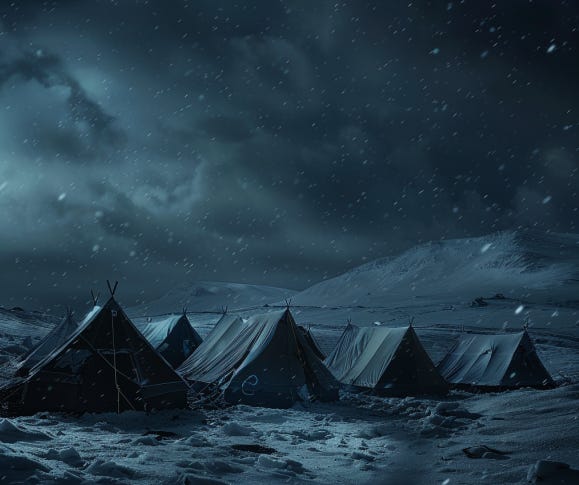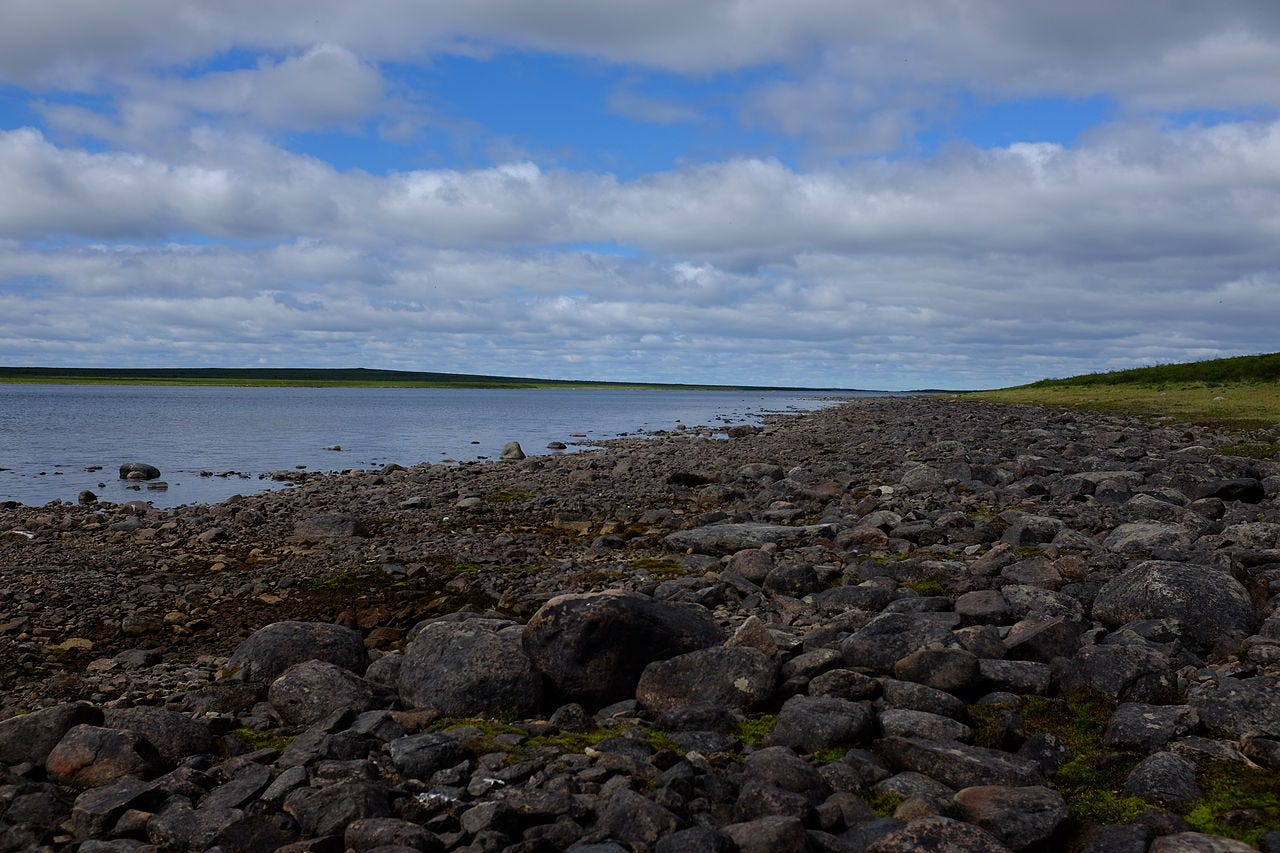In southwest Nunavut, near the border with the Northwest Territories, you will find Angikuni Lake. This lake, which is 510 square-kilometres, may seem like a normal body of water but it has a significant mystery attached to it.
In 1930, a news reporter working in The Pas, Manitoba, wrote an article (which has never been found) about an Inuit village located along the shore of the lake. The article allegedly stated that fur trappers often stopped at the village on their way deeper into the Arctic. The unnamed reporter wrote that a trapper named Joe LaBelle found unfinished shirts still with the needles in them and food over fire pits.
In the village were seven dead sled dogs, and a grave that had been dug up. LaBelle speculated it was by a human as the stones circling the grave were undisturbed. Upon his return south, LaBelle reported what he saw to the RCMP, who conducted an investigation but found no one.
On Nov. 27, 1930, journalist Emmett Kelleher wrote an article for the Danville Bee, a newspaper in Virginia, about the missing village. His article, which likely inflated some facts, stated Joe LaBelle found that the six tents in the village were empty and 25 men, women and children had vanished.
According to the Canadian Encyclopedia, the RCMP spoke with trapper Armand Laurent, who said he saw a cylindrical object in the sky near the empty village.
In January 1931, Sgt. J. Nelson filed an internal report that was released to the public. He wrote that there was no foundation to the story, and that Joe LaBelle was known for his colorful stories.
The story began to make its rounds over the years, turning up in the book Stranger than Science, and in Dean Koontz’s novel Phantoms. Many of these subsequent books, such as The World’s Greatest UFO Mysteries, added details such as lights in the sky, empty graveyards and exaggerating the size of the village to 1,000 people.
Today, the RCMP and many researchers have debunked the vanishing village as an urban legend that grew over time. Emmett Kelleher was also known to exaggerate in his stories and pictures he used were decades old.
Did the village ever exist? If it did, why was it abandoned? How much of this story is true?
We will probably never know.





